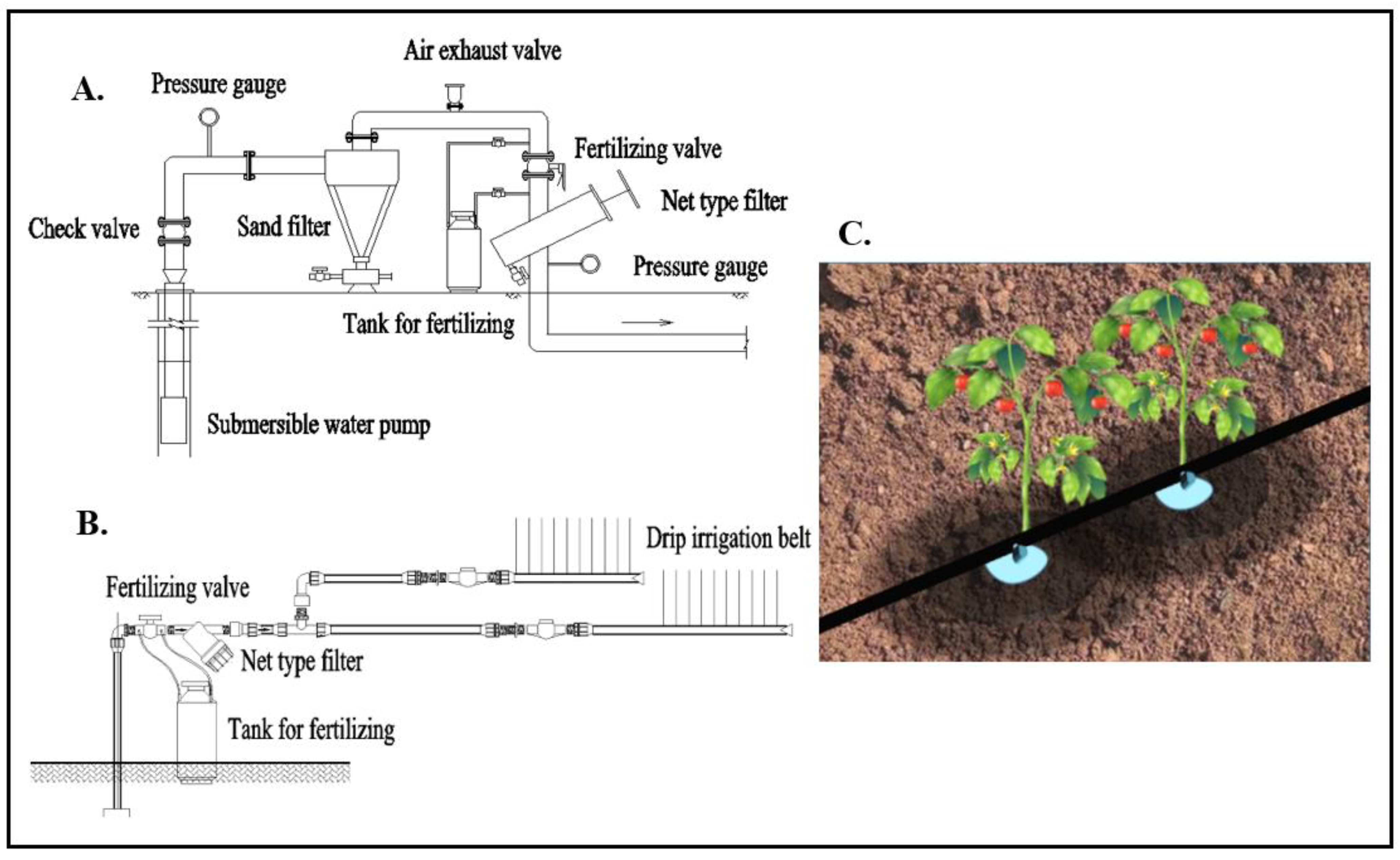Write A Practical Report On The Drip Irrigation Or Sprinkler
Drip irrigation is a low-rate irrigation method that applies water to the soil through a system of small emitters spaced according to on-site conditions. It overcomes problems such as emitter blockage, wind velocity, and evaporation. It also allows for the use of saline water with minimal negative effects on crop growth. Drip tubing is used to deliver water, and this reduces water contact with crops, making conditions less favorable for the onset of diseases. To design an efficient drip irrigation system, factors such as soil type, land topography, local weather patterns, crop type, and water quality need to be carefully considered. A study found that increasing drip irrigation amounts significantly increases crop yields, but careful consideration of all relevant factors is still necessary to determine the optimal irrigation system.
Here is a sample practical report on the drip irrigation system. This report is structured in a scientific format and includes the required components.
Title: Practical Report on Drip Irrigation System
Aim: To analyze the effectiveness of a drip irrigation system in providing uniform water distribution and to calculate the irrigation scheduling and associated costs.
Method/Procedure:
- Installation of drip irrigation system in a representative agricultural plot.
- Placement of collection trays at various locations to measure water distribution.
- Monitoring of water flow rates and duration of irrigation.
- Collection of data on weather conditions, crop type, and soil characteristics.
Results of the Exercise/Calculations:
- Measurement of water distribution in collection trays.
- Calculation of water uniformity coefficient.
- Determination of water requirements based on crop type, evapotranspiration, and soil moisture.
Discussion of Results: The analysis of the drip irrigation system revealed a high level of uniformity in water distribution, with the water uniformity coefficient exceeding 90%. This indicates an efficient and effective delivery of water to the crops. Additionally, the calculated water requirements allowed for accurate irrigation scheduling, optimizing water usage and crop health.
Key Aspects for Increased Crop Value and Yield:
- The selected irrigation system, in this case, drip irrigation, contributes to improved crop yield due to its ability to deliver water and nutrients directly to the root zone, promoting healthier and more consistent plant growth.
- The uniformity data calculated ensures that all crop areas receive adequate water, minimizing dry spots and water-related stress, further enhancing crop quality and yield.
Cost of Irrigation: The cost of drip irrigation is calculated based on factors such as initial setup, maintenance, and energy expenses. When compared with other irrigation methods, the drip system may have a higher initial cost but can result in long-term cost savings due to reduced water usage and improved crop yield.
Conclusion: The drip irrigation system proved to be effective in providing uniform water distribution and optimizing irrigation scheduling. Its ability to improve crop yield and quality, along with calculated cost-effectiveness, supports its suitability for agricultural applications.
This report should provide a comprehensive overview of the practical analysis of the drip irrigation system and its implications for crop yield, uniformity, and cost-effectiveness.
Sources


Related Questions
Work fast from anywhere
Stay up to date and move work forward with BrutusAI on macOS/iOS/web & android. Download the app today.
